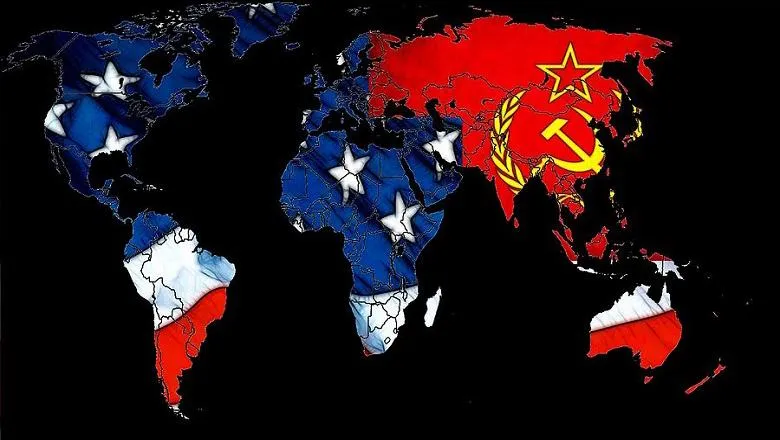15 March 2018
It's Time to Bring Back This Cold War Agency and Stop Ceding the Propaganda War to Russia, by Adam Maisel and William Duval
The United States has recently been derided for losing the ongoing information war, and has fallen victim to successive propaganda and disinformation campaigns orchestrated by Russia without a significant response.

*The following article was originally published with the Modern War Institute on August 15, 2017 and abridged for the KCSC Blog
The United States has recently been derided for losing the ongoing information war, and has fallen victim to successive propaganda and disinformation campaigns orchestrated by Russia without a significant response. Given Russia’s meddling in the 2016 US elections, along with other aggressive efforts against Western democratic institutions, it is imperative for the United States to adequately respond to Russian “active measures” in the information environment (IE).
Information warfare —or information operations (IO) in US military doctrinal parlance— requires a concerted approach across all disciplines to be effective. Currently, these efforts remain stovepiped within US government agencies. Of the four instruments of national power (“DIME”—Diplomatic, Information, Military, and Economic), the “I” has often been misunderstood or marginalized. But never before has the “I” been so significant than in the Information Age.
Optimizing efforts to deter foreign influence on the American public and conduct effective IO requires an independent agency trusted with a more extensive task than existing government and military entities operating in the IE. With adversaries and competitors continuing to demonstrate effective central planning in information warfare, the US government can no longer let each of its components fight piecemeal.
It is disconcerting that IO continues to be treated as a “soft discipline” in military circles. Despite the value added by US IO to conventional and unconventional military activities, the use of military IO is legally constrained by who it intends to affect (i.e., foreign audiences) and its use in nonmilitary environments. The Department of State has begun efforts to “coordinate counter-terrorism messaging to foreign audiences” through its interagency Global Engagement Center, and maintains relative control over interagency theme and message coordination in many parts of the world through “public diplomacy.” Despite these efforts, the US government lacks a comprehensive approach to IO capable of coordinating resources and maintaining a consistent narrative across US agencies and geographical areas of interest.
The remedy is a revival of the Cold War-era United States Information Agency (USIA), albeit independent (formerly residing under the Department of State) and with a modern overhaul to optimize its effectiveness in an IE dramatically different than that of the Cold War. Critically, the new USIA’s Director should review and approve budget requests for agencies and offices that are stakeholders in the IE. Furthermore, the Directorate should maintain a seat on the National Security Council and have a staggered appointment timeline to ensure continuity between presidential terms. Such measures would reduce vulnerability to executive branch overreach, while ensuring that no single government agency monopolizes IO-related policy.
The proposed USIA should not primarily serve as a product-producing agency, but rather a coordinating entity that develops strategic communication priorities and counter-propaganda strategies. One option would be to create a Director’s Steering Board, with ex officio representatives from agencies such as the Departments of State and Defense, and the Broadcasting Board of Governors (the current oversight authority for all US nonmilitary international broadcasting such as Voice of America and Radio Free Europe/Radio Liberty). USIA should also be required to liaise with existing US and allied entities (such as NATO and the EU’s East StratCom Task Force) influencing the IE to ensure continuity and effectiveness at all levels while deterring foreign propaganda where it exists. Subsequently, the USIA should provide a convening mechanism to empower media, social media, and technology companies to spread best practices on identifying and removing disinformation, and social media “bots” and “amplifier accounts” that spread it.
Undoubtedly, there will be significant challenges: rules of engagement for US military IO efforts will often conflict with initiatives from civilian agencies, and the challenge of integrating key non-governmental stakeholders such as social media platforms will pose classification issues and necessitate avoiding the perception of inappropriate government co-opting of private companies. A clearly defined charter for the agency is vital to overcome these challenges.
Maintaining a USIA with the teeth and authority to steer IO and combat disinformation will require nonpartisan investment to avoid bureaucratic turf wars. The White House and Congress must approach foreign information warfare as a national security issue rather than a political one, and recognize its significant impact on public opinion and consequently the Western liberal order.
